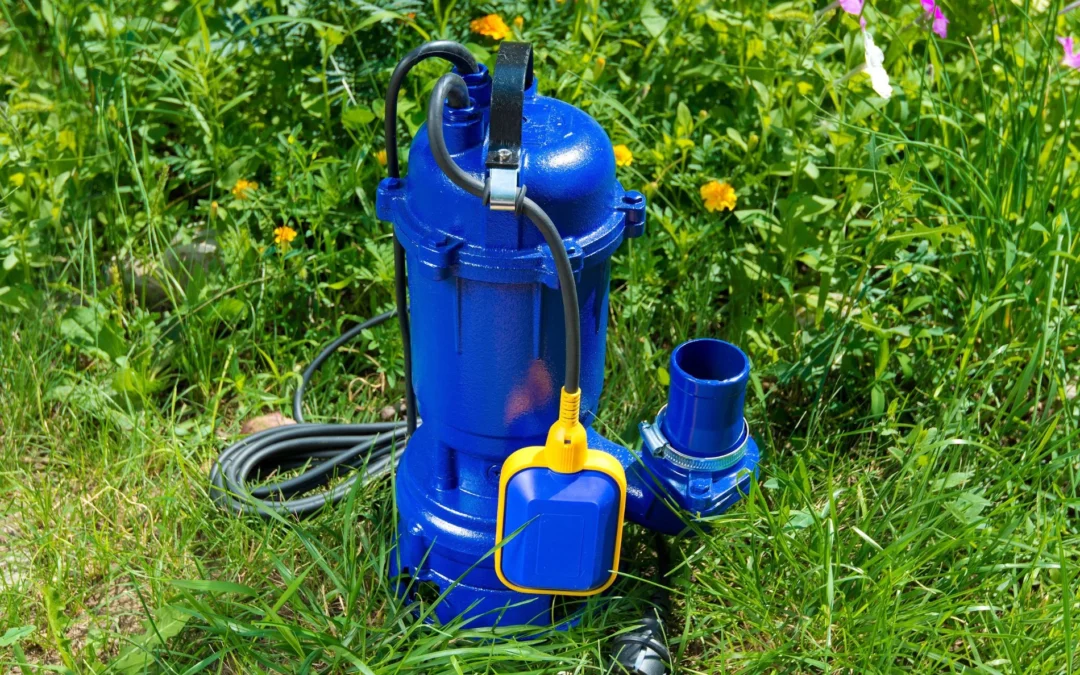Appropriate water management is crucial for maintaining a healthy living and working environment, especially in areas prone to flooding or with poor drainage systems. Drainage pumps ensure efficient water removal, protect properties from water damage, and prevent potential health hazards. In this ultimate guide, we will explore the diverse types of drainage pumps, their applications, and essential maintenance practices that guarantee efficient water management and protect your property from water-related issues.
Drainage pumps are specifically designed to remove excess water from various sources, such as basements, flooded areas, and low-lying spaces. These pumps are available in various types and capacities for applications and environments. By carefully selecting the right drainage pump for your specific needs, you can successfully manage water levels, prevent dampness and water damage, and maintain a safe and comfortable living or working space.
In addition to residential applications, drainage pumps are essential in commercial and industrial settings by effectively managing water generated from various processes or during emergencies such as flooding or heavy rainfall. Therefore, understanding different drainage pump types and their suitability for specific applications is indispensable for optimal water management.
Proper maintenance of drainage pumps ensures their long-term operation and peak efficiency, saving property owners time and resources in addressing potential water management issues. In this comprehensive guide, we will delve into drainage pumps, exploring their types, applications, and best maintenance practices to help you make an informed decision for your property’s water management needs.
Types of Drainage Pumps
1. Submersible Pumps
Submersible pumps are designed to work while fully submerged in water, making them suitable for various water removal applications. These pumps can effectively handle clean or lightly contaminated water, with some models being able to manage solid particles up to a certain size. Submersible pumps are commonly used for basement drainage, floodwater removal, and pond management.
2. Pedestal Pumps
Pedestal pumps feature a motor mounted above the water level, with a long shaft that drives the impeller. This design allows the motor to stay dry during operation, potentially prolonging its lifespan. Pedestal pumps are typically used in applications where the water level is shallow, such as in sump pits, basements, and crawl spaces.
3. Self-Priming Pumps
Self-priming pumps are equipped with an air-handling mechanism that allows them to prime automatically after the initial fill, removing the need for manual priming. These pumps can handle air and water mixtures, making them suitable for applications with variable water levels, including dewatering construction sites and draining flooded areas.
4. High-Pressure Pumps
High-pressure drainage pumps, or multi-stage pumps, can generate significant water pressure for more demanding applications. These pumps can move water over considerable distances or heights, making them ideal for agricultural use, irrigation or pumping water out of deep excavations.
Applications of Drainage Pumps
1. Residential Water Management
In residential settings, drainage pumps help prevent water damage and dampness issues caused by excessive water accumulation. These pumps can effectively remove water from basements, garages, and other low-lying areas, protecting the property from potential structural damage and health hazards related to dampness.
2. Flood Control and Emergency Response
Flooding and heavy rainfall can cause significant water buildup in residential, commercial, and industrial spaces. Drainage pumps serve as an essential tool for emergency response teams and property owners to quickly remove floodwater, mitigating damages and restoring functionality to the affected areas.
3. Industrial and Construction Site Dewatering
Drainage pumps are vital for managing water at construction sites, mines, and other industrial locations. These pumps help maintain a safe and efficient working environment by removing excess water resulting from flooding, heavy rainfall, or groundwater infiltration.
4. Agricultural Irrigation
In agricultural settings, drainage pumps are critical in managing excess water and irrigating crops. These pumps transport water from various sources, such as rivers, lakes, or wells, to agricultural fields, ensuring that crops receive the necessary water supply for optimal growth.
Maintenance Tips for Drainage Pumps
1. Periodic Inspection
Regularly inspecting your drainage pump can help identify any potential issues early, ensuring optimal performance and extending the pump’s lifespan. Check for signs of wear, corrosion, leaks, and damage to the pump’s components, including the housing, impeller, and motor.
2. Cleaning and Debris Removal
It is crucial to clean your drainage pump periodically to maintain its efficiency and prevent clogging. Debris buildup in the pump and surrounding area can restrict water flow and increase the risk of blockages. Clean the pump and related components according to the manufacturer’s recommendations.
3. Impeller and Seal Inspection
The impeller is a critical component in drainage pumps and requires regular inspection to ensure it remains in good working order. Check the impeller for signs of wear or damage, replacing it if necessary. Additionally, inspect the pump’s seals to prevent leaks and potential damage to the motor.
4. Electrical System and Motor Maintenance
Regularly check the electrical system of your drainage pump, ensuring that all connections are secure and in good condition. Inspect the motor for any signs of overheating, wear, or improper operation. If necessary, consult a professional technician to address any motor-related issues.
Conclusion
Drainage pumps are an invaluable tool for efficient water management in residential, commercial, and industrial settings. Property owners can effectively tackle water-related challenges and ensure a safe and functional environment by understanding the different types of drainage pumps, their applications, and best maintenance practices. Regular inspection, cleaning, and maintenance not only prolong the lifespan of your drainage pump but also help prevent potential damages and costly repairs.
Stay proactive in the care of your drainage pump and enjoy peace of mind knowing that your property is protected from water damage and associated issues. Get in touch with A&C Pumps Ltd today to get started.

